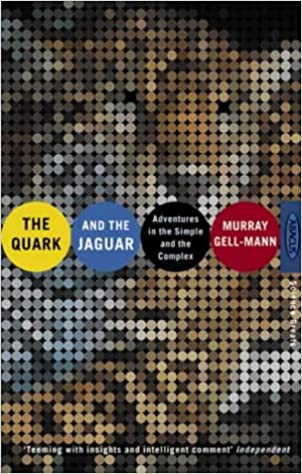
|
Murray Gell-MannThe Quark and the Jaguar256 |
For a case more like that of biological evolution...
For a case more like that of biological evolution, we can turn to the competition among human societies in the past. To a great extent, fitness was measured by population. In Southeast Asia, for instance, some ethnic groups practiced irrigated rice agriculture while others raised dry rice, often by slashing and burning the forest. The irrigated-rice peoples, such as the Central Thai, the Lao, or the Vietnamese, were able to put many more individuals on the ground per unit area than their neighbours. Denser population helped them to dominate the dry-rice peoples, and in many cases to drive them back into remote hilly terrain. Looking toward the future, we may well ask whether it is desirable for density or total numbers to continue to determine winners and losers in the same way.